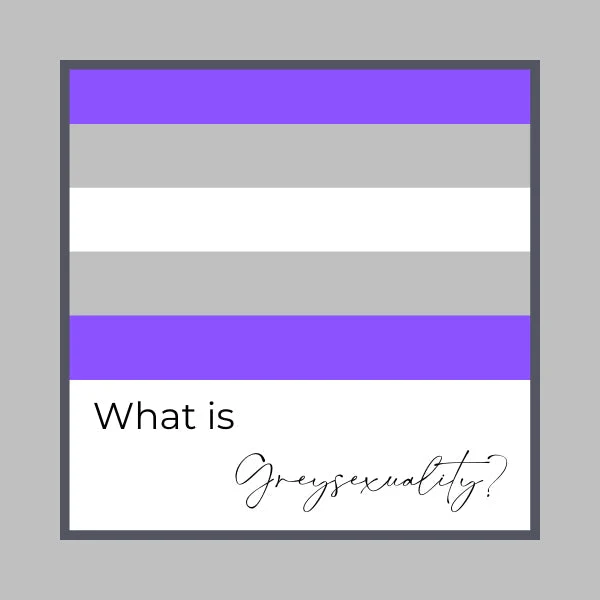News from Butler & Grace - medical and personalised jewellery

Beyond The Surface: Embracing & Understanding Invisible Disabilities
In this blog, we’ll explore invisible disabilities, how medical jewellery can support them, and how you can show compassion and respect to those who live with them.

Coordinates Jewellery: A Timeless Keepsake for Every Occasion
In a world where we’re constantly moving and evolving, it’s easy to lose track of the significance of certain moments, places, and milestones in our lives. Whether it’s the place you first met a loved one, a city that holds sentimental value, or the place where you accomplished something meaningful, these moments have shaped your life, and you don’t want to forget them.
In this blog, we will delve into how coordinates jewellery can offer a unique way to keep these memories close to you always.

How To Give First Aid To Someone With Addison’s Disease?
Addison’s Disease is a condition in which the adrenal glands don't produce enough hormones, particularly cortisol. Understanding how to provide first aid to someone with Addison’s disease can be lifesaving in emergencies.
In this blog, we’ll share tips on how you can provide first aid to someone during an adrenal crisis.

The Impact Of Seasonal Changes On Health: Spring Into Wellness
As winter fades and spring begins to bloom, many people experience a shift in their energy, mood, and overall health. Spring brings fresh opportunities to revitalise our routines, embrace nature, and focus on wellness.
In this blog, we’ll explore how the changing season impacts our health and how you can use this time to spring into wellness.

Why Is The Snowflake Used As A Symbol For Multiple Sclerosis?
When we think about the symbol for Multiple Sclerosis, our mind usually goes to the orange ribbon, but there is also another symbol – the snowflake.
In this blog, we will explain why the snowflake is used as a symbol for multiple sclerosis and how you can use this beautiful symbolism in your MS awareness jewellery.

Understanding Greysexuality & The Meaning Behind the Greysexual Pride Flag
In the vast spectrum of human sexuality, there are identities that often go unnoticed or misunderstood. One of these identities is greysexuality, a term that falls within the asexual spectrum. Just as with other sexual orientations, greysexuality deserves recognition, respect, and pride.
In this blog, we’ll explore what greysexuality means and dive into the symbolism of the greysexual pride flag.

What is a Do Not Resuscitate (DNR) Order, & How to Put One in Place
Oftentimes, medical professionals are faced with challenging decisions about patient care, particularly regarding Do Not Resuscitate (DNR) orders.
In this blog, we'll explain what a DNR order is, how to establish one, the importance of clear communication, and how medical bracelets can aid in emergencies.

Top 10 Personalised Valentine’s Day Gifts
It’s that time of the year again when shops are full of cards and gift ideas for Valentine’s Day.
This year, why not go beyond traditional gifts and opt for something truly unique and personal? Personalised gifts have a special way of making your valentine feel cherished because of the thought and effort you’ve put into selecting something just for them.

Medical Alert Jewellery: The Psychological Impact on Patients
In recent years, medical alert jewellery has become a symbol of empowerment, raising awareness among those with a medical condition.
In this blog, we’ll explore the psychological impacts of these medical jewellery, diabetic ID bracelets or allergy pins … exploring how they help boost patient confidence, manage anxiety, improve communication of conditions, and share genuine stories of their impact on individuals.

What Does It Mean To Be Queer?
Long since it has been used as a slandering term for the LGBTQ+ community, the word “queer” has risen in conversation about gender and sexuality. It has been reclaimed by many as a strong and inclusive phrase that embraces non-normativity, innovation, and diversity.
In this blog, we will explain the true meaning of the word “queer”, and its significance to the LGBTQ+ community.

Driving With A Medical Condition
In this blog, we will delve into how certain medical conditions and medications can affect your ability to drive, informing the DVLA of your conditions, and sharing how you can stay safe behind the wheel when your health changes.

Anniversary Gift Ideas
In this blog, we will explore unusual anniversary traditions, explain the significance of the anniversary years and the gifts that go with them, and offer four thoughtful and reasonably priced personalised gift suggestions.

